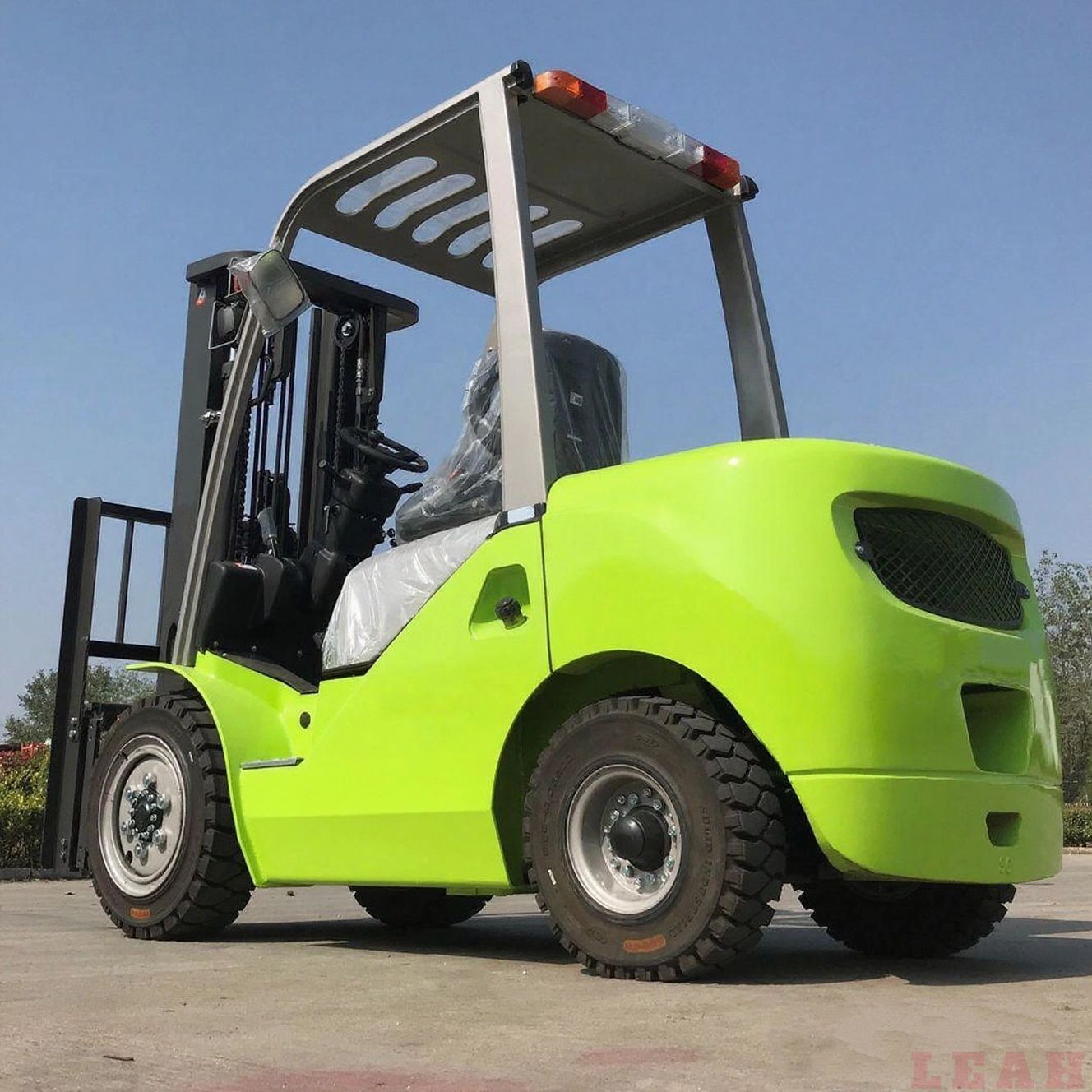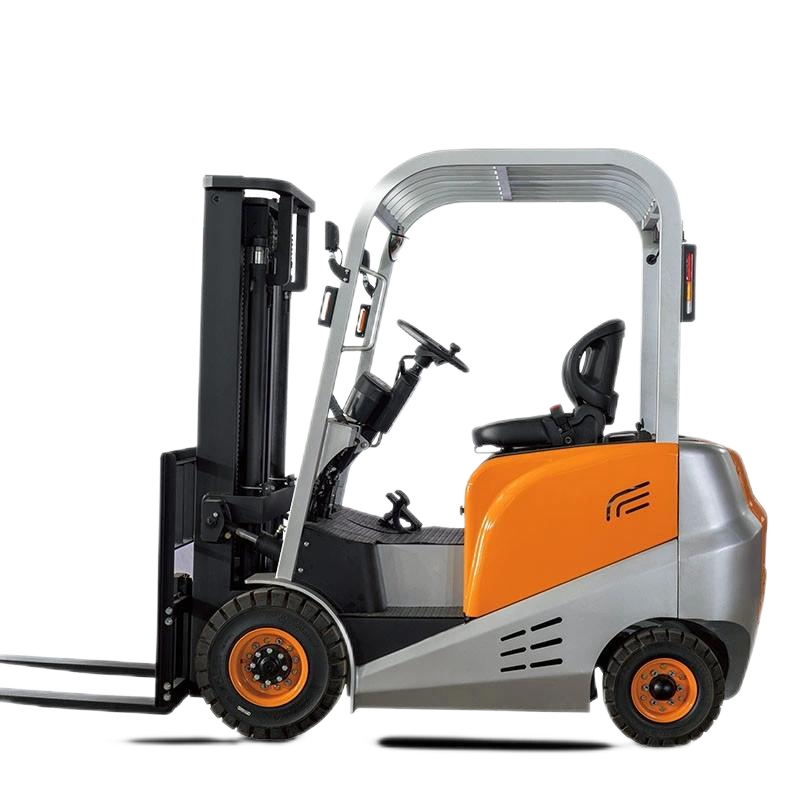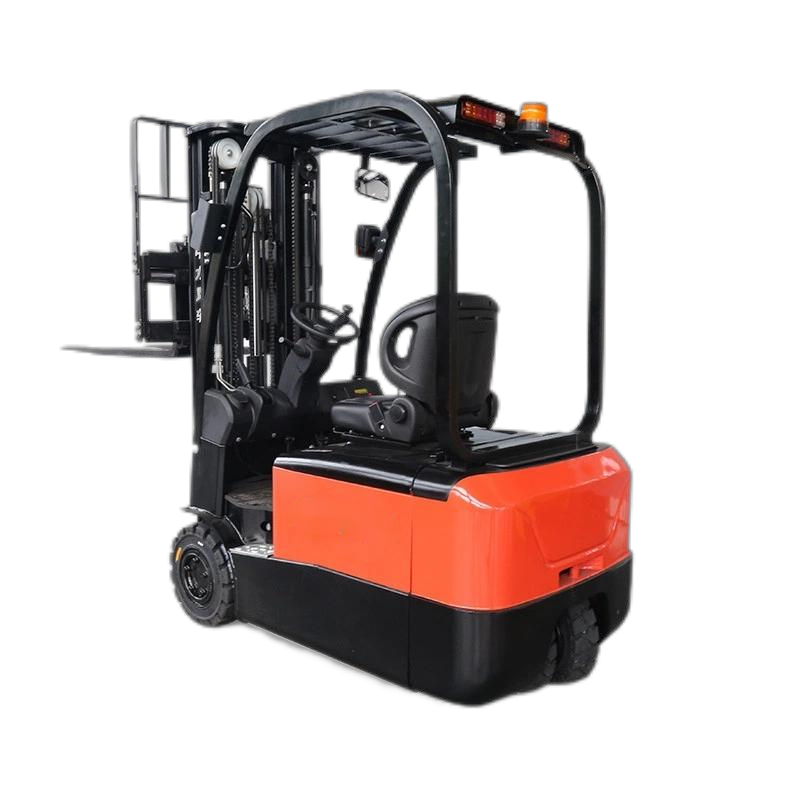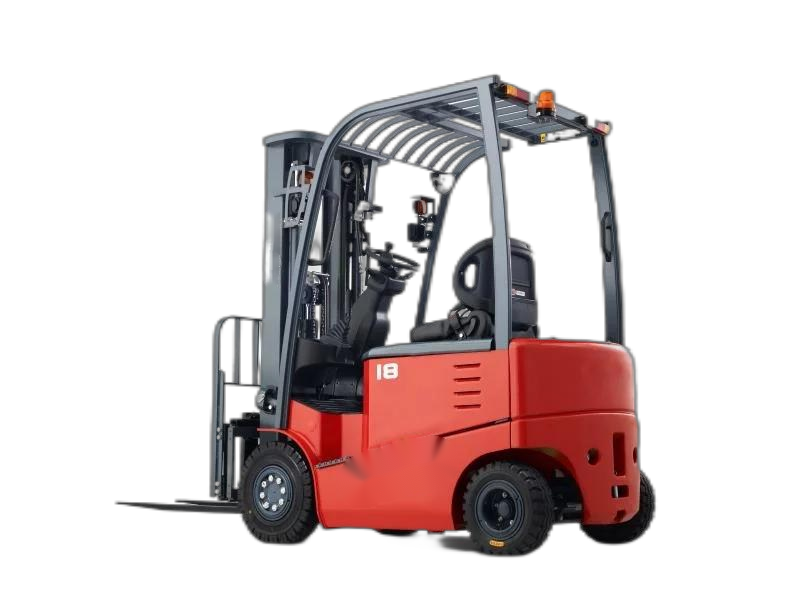This manual categorizes terminology based on four core dimensions: "Power & Energy, Structure, Performance & Operation, and Safety & Auxiliary". It labels the core function of each term for easy and quick reference and understanding.
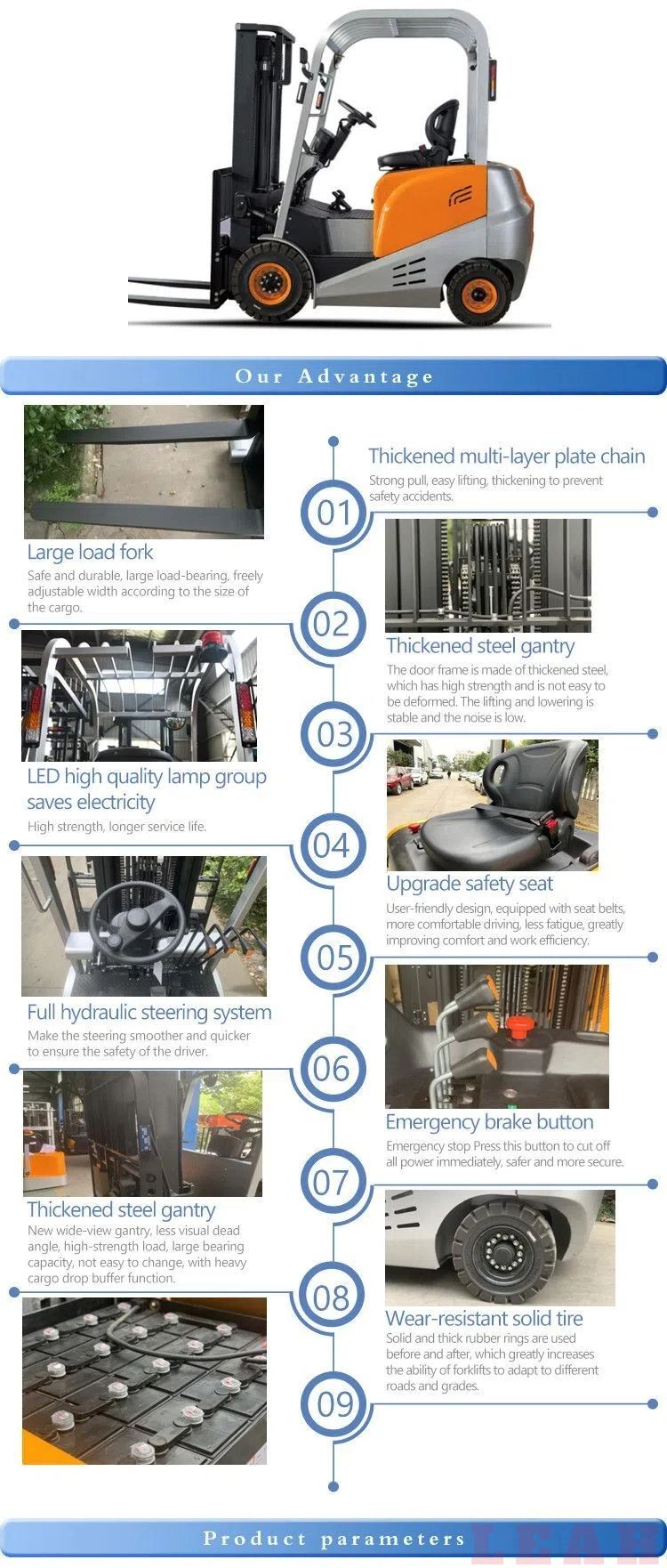
I. Power & Energy Category
| Term | Core Function |
|---|
| Battery | The power source of an electric forklift. It is divided into lead-acid batteries (low cost, heavy weight) and lithium-ion batteries (fast charging, long service life), which directly determine the forklift's endurance. |
| Traction Motor | Converts electrical energy into mechanical energy to control the forklift's traveling speed and traction. It has two types: DC (direct current) motor and AC (alternating current) motor. |
| Charger | A device used to recharge the battery, which must match the type of battery. It includes regular chargers (slow charging) and fast chargers. |
| Battery Management System (BMS) | Monitors the status of the battery, prevents overcharging and over-discharging, extends the battery's service life, and ensures electrical safety. |
II. Core Structure Category
| Term | Core Function |
|---|
| Mast | A lifting frame connecting the forklift body and forks, composed of inner and outer masts. It determines the maximum lifting height of goods. |
| Forks | Components that directly carry goods, mostly replaceable standard parts. Different specifications can be selected according to the size of the goods. |
| Counterweight | A weight block installed at the rear of the forklift to balance the weight of goods and prevent the forklift from tipping forward during operation (common in counterbalanced electric forklifts). |
| Controller | The "control center" of the forklift. It adjusts the motor speed, controls lifting actions, and has an overload protection function. |
| Lifting Cylinder | A hydraulic component that provides power for mast lifting. It drives the forks to move up and down through the pressure of hydraulic oil. |
| Steering Wheels / Drive Wheels | Steering wheels control the traveling direction, while drive wheels provide traveling power. Together, they ensure the flexibility of the forklift's movement. |
III. Performance & Operation Category
| Term | Core Function |
|---|
| Rated Load Capacity | The maximum weight that a forklift can safely carry under standard operating conditions (Unit: t). It is a core parameter for forklift selection. |
| Maximum Lifting Height | The vertical distance between the upper surface of the forks (when raised to the highest position) and the ground (Unit: m). It determines the upper limit of stacking height. |
| Minimum Turning Radius | The minimum radius of the trajectory of the outer wheels when the forklift turns. It directly affects the forklift's ability to pass through narrow spaces. |
| Endurance Time | The continuous operation time of the forklift when fully charged (usually 4-8 hours), which is affected by battery capacity and operation intensity. |
| Operating Handle | Integrates functions of traveling, lifting, and tilting control. The operator can precisely control the forklift's actions through the handle. |
| Instrument Panel | Displays key data of the forklift, such as battery power, traveling speed, and fault codes, to help the operator grasp the equipment status. |
IV. Safety & Auxiliary Category
| Term | Core Function |
|---|
| Overhead Guard | A metal frame installed above the driver's seat to protect the driver from falling objects. |
| Limit Switch | Installed on parts such as the mast. It automatically cuts off the power supply when the forks reach the maximum or minimum height to prevent component damage. |
| Warning Lights / Alarms | Remind people around. They include turn signals (indicating turning), reverse warning lights, and buzzers (indicating reversing). |
| Braking System | Controls the forklift to decelerate or stop, including service brakes (for deceleration during traveling) and parking brakes (for fixing the forklift when parked). |
| Rearview Mirrors | Installed on both sides of the forklift body to expand the driver's field of vision, reduce blind spots, and avoid collisions during operation. |






